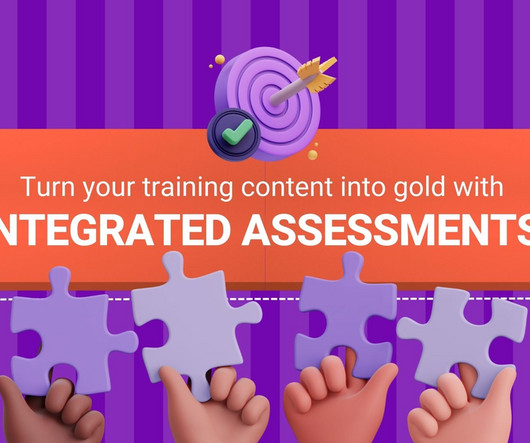Get Your Red Hot Skills Functionality
eLearning 24-7
JULY 10, 2021
And sure there are plenty of systems out there, that for more than a decade you could import your own skill dictionaries and taxonomies – but it was not universal. Nor for most of that, skill dictionary import and taxonomies excluded, a function right within the system back-end itself. to the courses/content. This new approach?
























Let's personalize your content